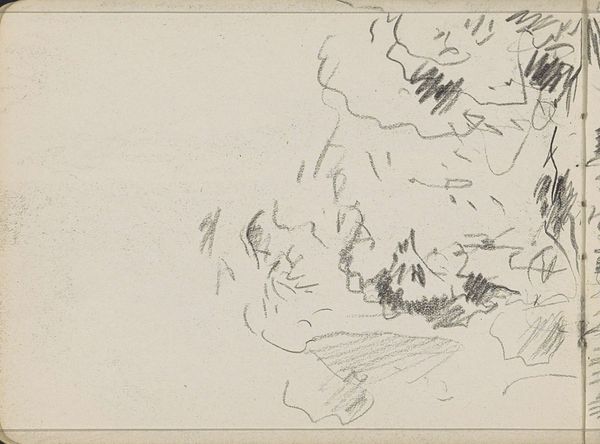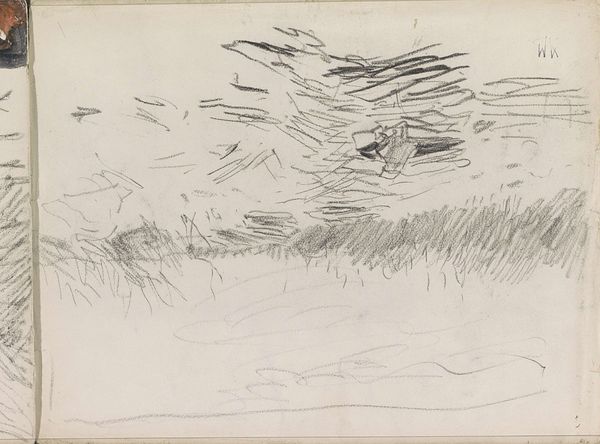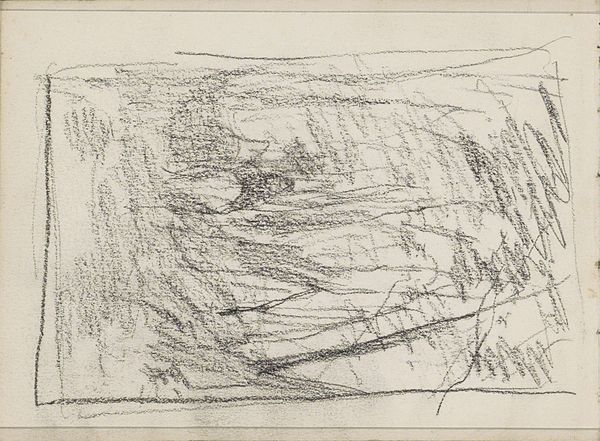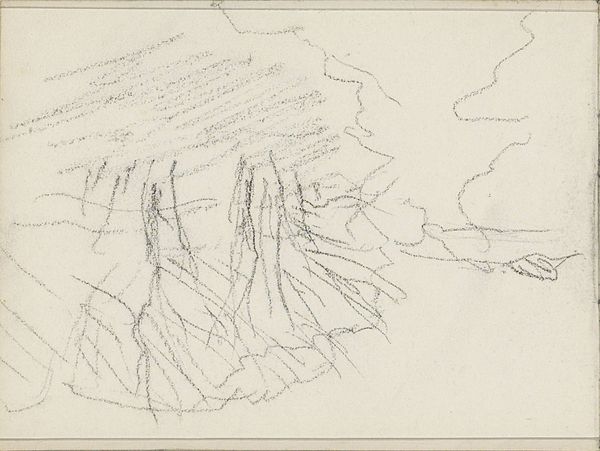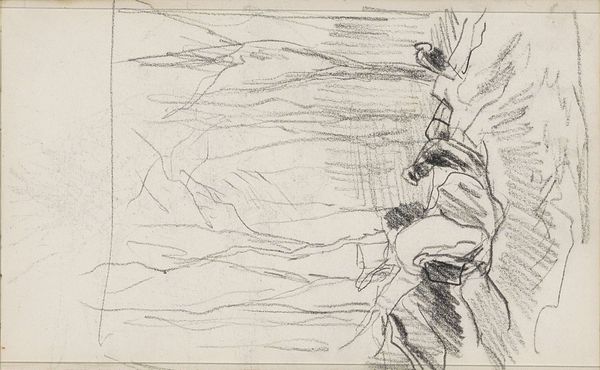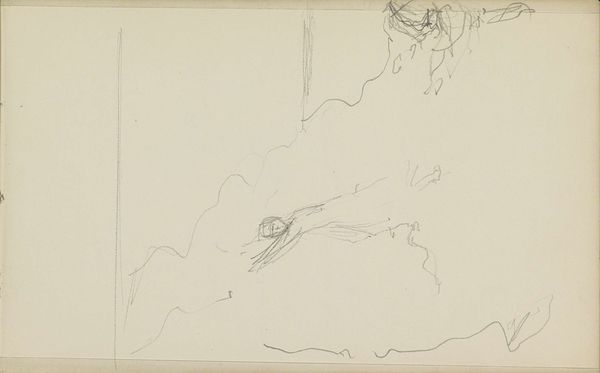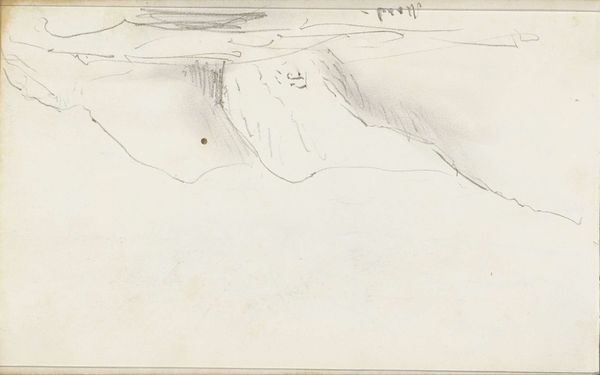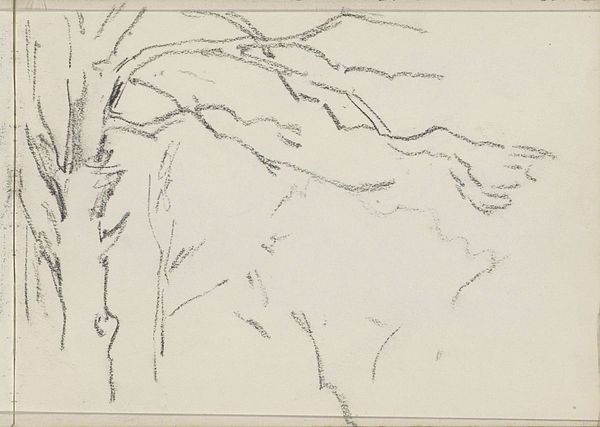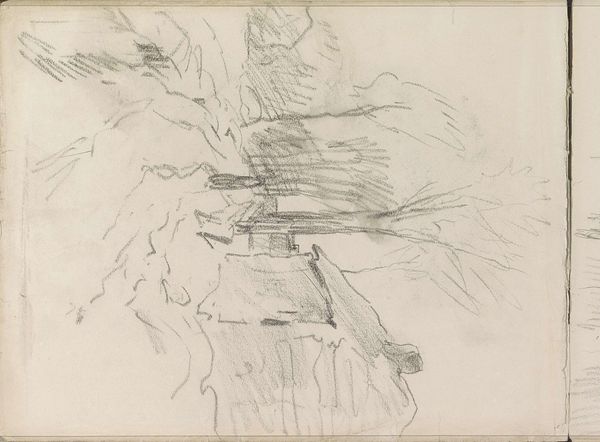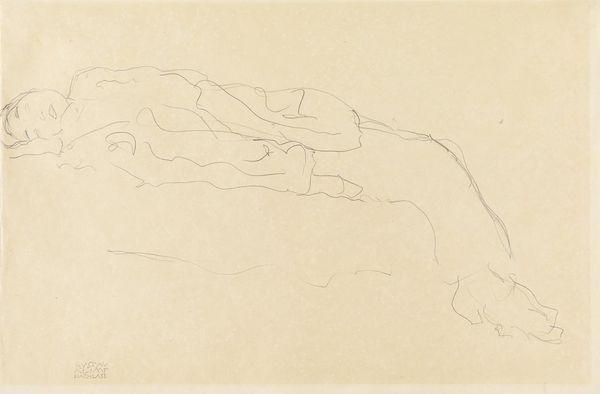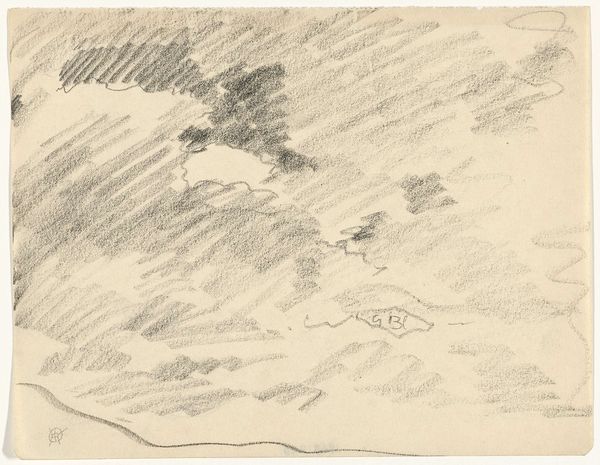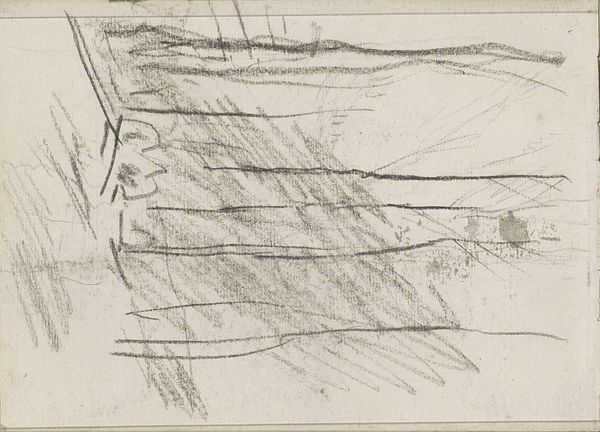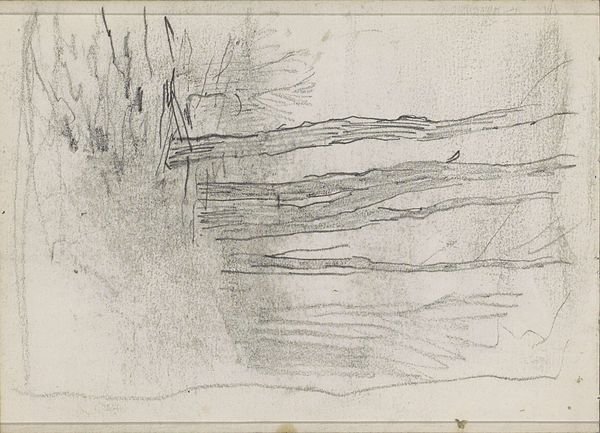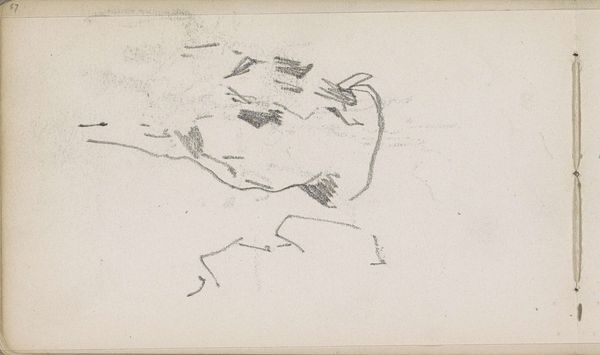
drawing, pencil
#
drawing
#
dutch-golden-age
#
impressionism
#
pencil sketch
#
landscape
#
pencil
#
realism
Copyright: Rijks Museum: Open Domain
Anton Mauve made this pencil drawing, "Woodcutter by a felled tree on a forest edge," probably in the Netherlands around the 1870s or 80s. It's a quick sketch, but it opens up the question of the relationship between art and labor, and between culture and nature. Mauve was part of the Hague School, and like other artists in that circle, he focused on rural landscapes and everyday life. They reacted against the industrialization of Europe, which they saw as a threat to traditional ways of life. But were they simply documenting these traditions, or were they critiquing modern life? And for whom was this art made? The Hague School artists were commercially successful, selling their paintings to urban collectors. We could look at sales records to find out more. As art historians, we should ask who is empowered and who is disempowered by the image. Is the woodcutter a romantic figure or a symbol of exploitation? And how does the image relate to the institutions of art, like the art market?
Comments
No comments
Be the first to comment and join the conversation on the ultimate creative platform.
